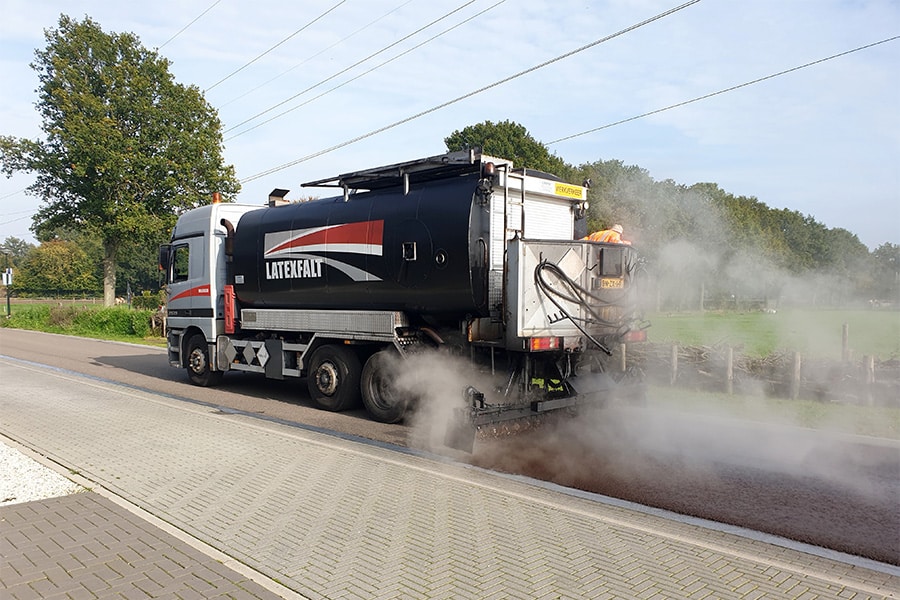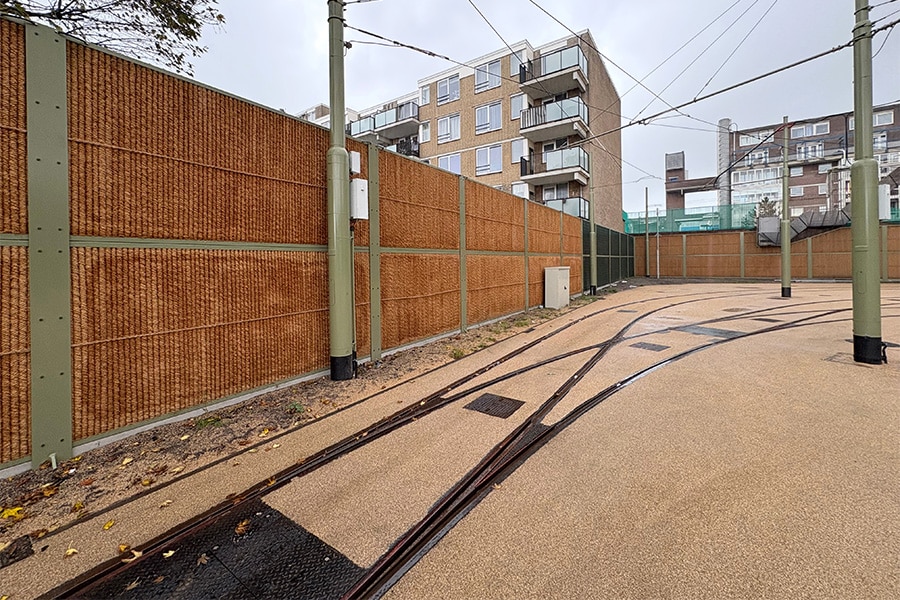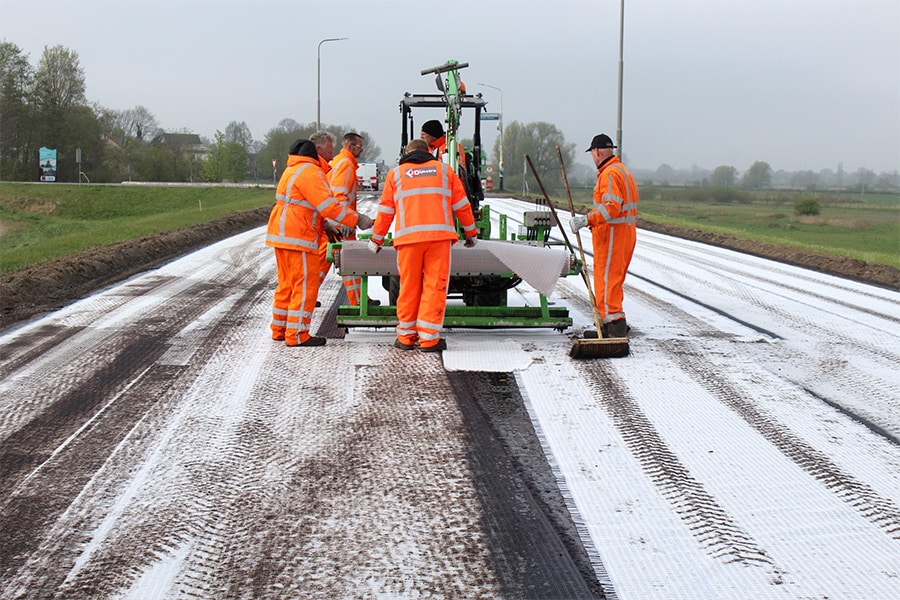
The Green Arch is building the Rottemer Tunnel
It remains an extraordinary sensation: one moment you are live in the construction pit of the Rottemerentunnel in Rotterdam, a few days later at Croonwolter&dros in Amsterdam you are standing eye to eye with an indistinguishable 'digital twin' of the same tunnel. Every day, Hans Pos and Hugo Buijense, test manager and assistant test manager respectively on behalf of Croonwolter&dros at De Groene Boog, take a 'digital advance' on what is currently being built. Much needed too, since the design of the tunnel technical installation, made by Croonwolter&dros, has to be fully tested and approved in the real tunnel. Important work, in which the enthusiasm of the gentlemen cannot be concealed.
Fully virtual environment
The virtual tunnel has been used by Croonwolter&dros before on projects, including the Rijnlandroute. "Think of it as an evolution," says Pos. "We are getting better and better at it. Here in our office in Amsterdam we are working with a whole team on the Rottemerentunnel. We designed the TTI (tunnel technical installation), we developed the user interface for the tunnel traffic control, and we can simulate every part of the TTI. Camera images from the tunnel are also "rendered" lifelike, and the system works fully interactively, i.e. two-way, as it will be in the real situation. Here we are in the test room. Upstairs is being programmed. If we can't test certain parts here, then we put the laptop under our arm and go to the supplier of the part in question with the driver."
A piece of 'tech talk'
We ask Buijense to explain what the system looks like schematically. He explains, "Think of it as a pyramid. At the top is the Graphical User Interface (GUI), which is what the tunnel controller sees on screen. It is a dashboard on which reports come in and from which action can be taken, when necessary. Underneath the GUI is the "brain" of the system, also called the 3B module: Control, Operation, Monitoring. That is where the translation is made from notification to the GUI and instructions that come from the GUI. Under the 3B module are various drivers, each controlling a sub-installation. Think of barriers, traffic lights, fire extinguishing systems and cameras. The driver is part of the (sub)installation and gives a signal to the Autonomous Logic, the AL. This is a piece of intelligent software that is "embedded" in the hardware of the sub-installation in question on location. After all, a sub-installation may never control or influence another installation."

When malfunctions or (traffic) reports become visible in the GUI, the calamity button can be pressed, triggering the calamity procedure in the 3B module. "We can simulate various calamity scenarios," Buijense continued. To this Pos adds, "Eventually the system will run in the traffic center in Rhoon. What we have built here will also be used there as a training environment. We are now in the FAT phase, the Factory Acceptance Test of the sub-installations and are working toward the Integral Factory Acceptance Test (IFAT), by which time we must have demonstrated that everything works. In the IFAT, we try out "use cases. The Site Integration Test (SIT) is performed by Rijkswaterstaat once all the sub-installations in the tunnel are installed. In our test environment, we already go through the protocols for this SIT and see if it does what we expect. We do that for engineering. Rijkswaterstaat then tests itself, to see if all the necessary processes are working properly."
Implementation must also meet expectations
Pos notes that everything has to meet not only technical requirements, but certainly also the expectations of the road traffic controller, emergency services and road users. "All those users are involved at an early stage, there is even a traffic psychologist involved, for the highway and the tunnel. The traffic psychologist looks at the model and how the road user experiences it. With the traffic controller, we determine the positions of the CCTV cameras in the model. Those positions are stored as presets, including a photo book. We will soon be able to upload those presets in one go. Early (virtual) testing in this way ensures that we are getting smarter and smarter. That also has advantages for future (renovation) tunnel projects."
Heeft u vragen over dit artikel, project of product?
Neem dan rechtstreeks contact op met Croonwolter&dros.
 Contact opnemen
Contact opnemen




